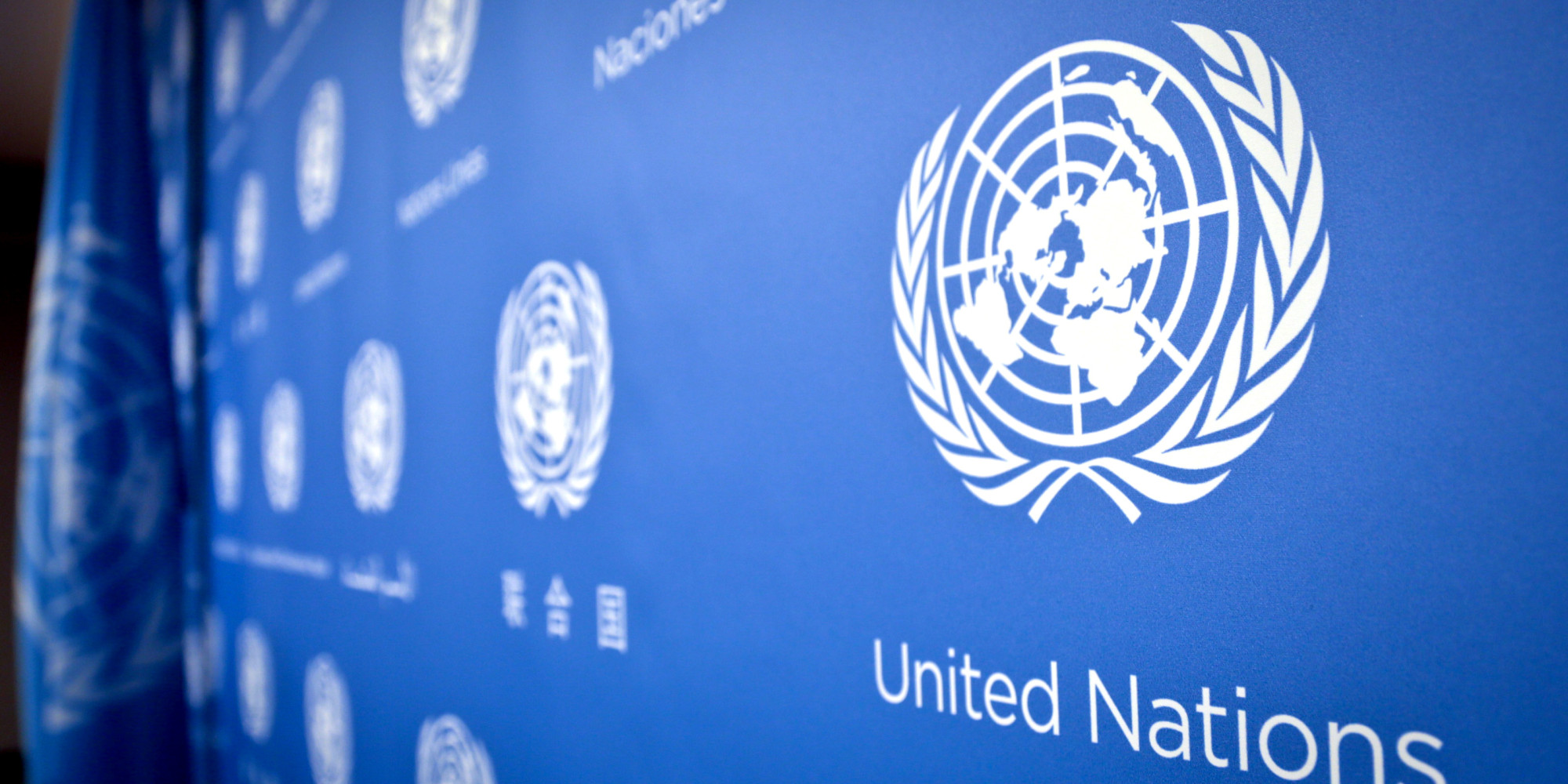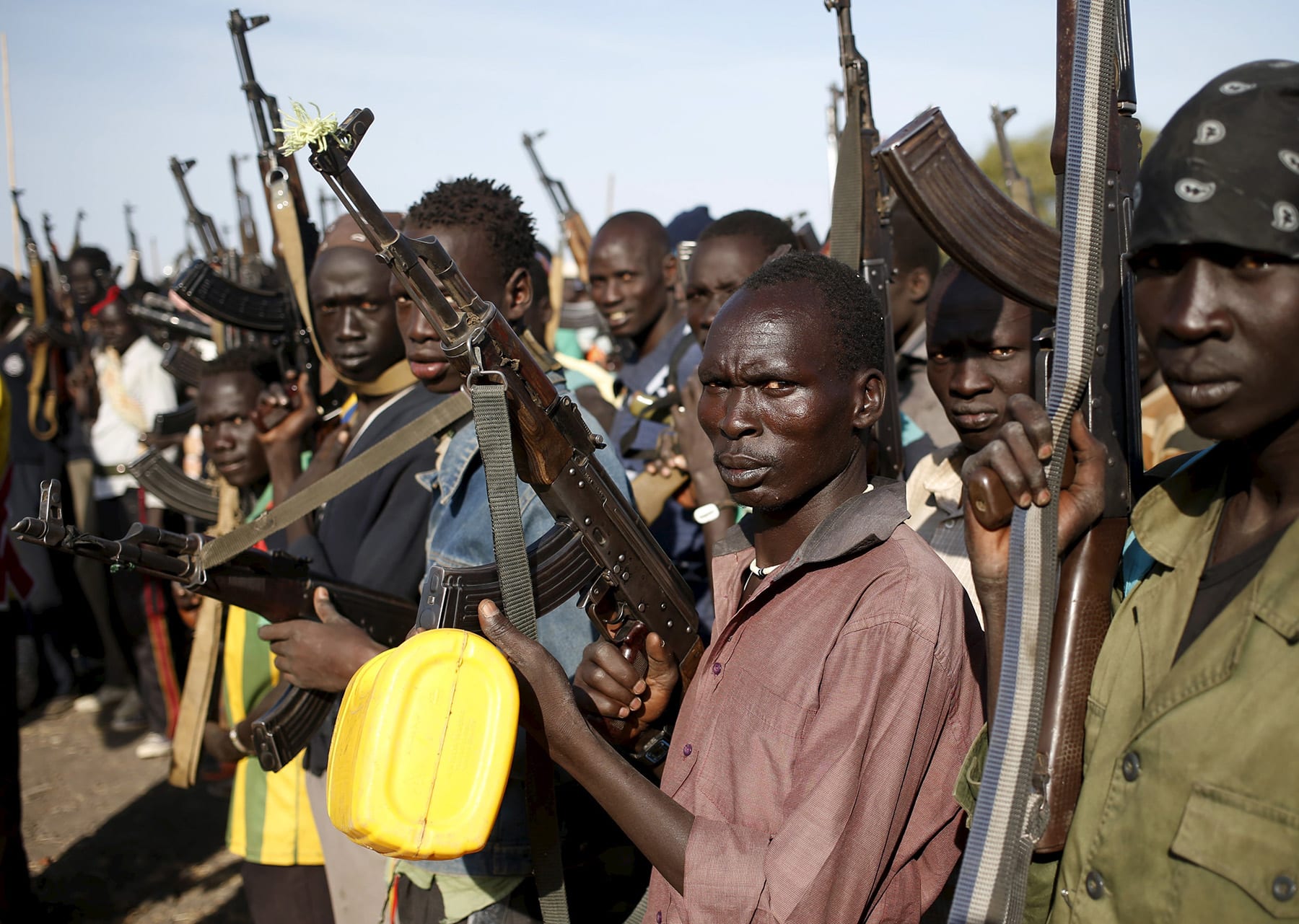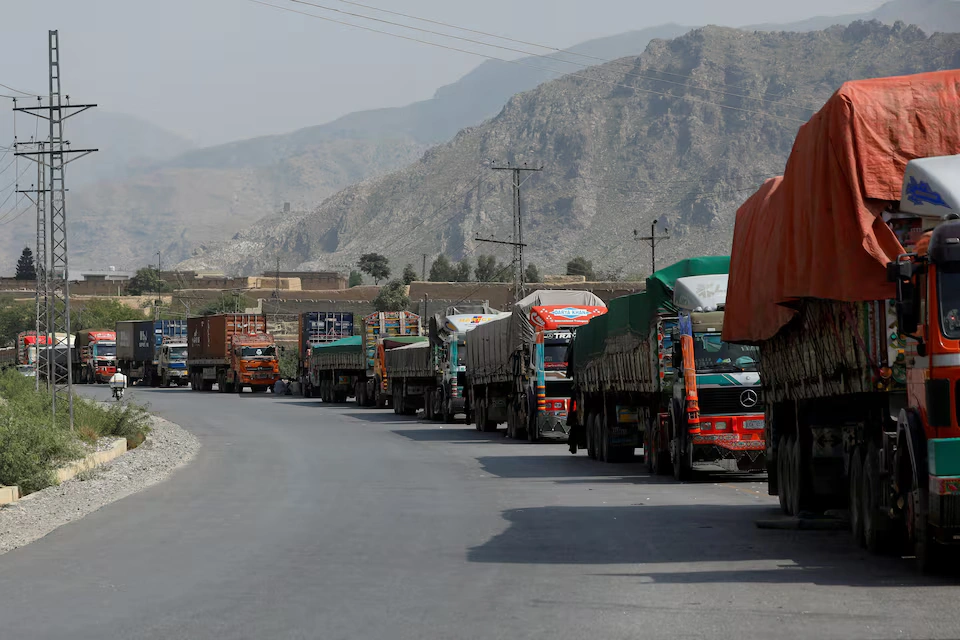ISLAMABAD: Pakistan said on Tuesday it shot down an Indian quadcopter that violated its airspace along the Line of Control (LoC), the de facto border dividing the disputed region of Kashmir, amid growing tensions between the two nuclear-armed neighbors.
The incident comes a week after 26 tourists were killed in the Pahalgam area of Indian-occupied Kashmir. India accused Pakistan of orchestrating the attack, though the charge was denied by Islamabad.
New Delhi also suspended key provisions of the 1960 Indus Waters Treaty, with Indian media outlets urging the government to consider military strikes.
Islamabad has warned it would deliver a “befitting response” to any aggression, saying its forces are on high alert to thwart any action from across the border.
Also See: Pakistan Prepared for Any Indian Incursion, Defence Minister Says
“The Pakistan Army thwarted an Indian quadcopter’s violation of airspace along the Line of Control (LoC),” Pakistan’s government said on its official social media account.
“In the Manawar sector of Bhimber area, the enemy attempted to conduct surveillance using a quadcopter, which the Pakistan Army shot down through timely and effective action,” it added.

Earlier, Pakistan’s state media, quoting security sources, reported the military had shot down an Indian quadcopter attempting reconnaissance along the LoC, calling the action a testament to Pakistan’s defensive preparedness.
Tensions have remained high since the April 22 attack in Pahalgam, with Pakistan’s Defense Minister Khawaja Asif warning on Monday the next few days were “crucial” in view of a possible Indian military incursion.
“The threat is there, there is absolutely no doubt about it,” Asif told Geo TV.
“If any attempt was made to cross our geographical borders or if a war was imposed on us, then we are definitely prepared for that and will give a full response,” he added.
Kashmir, a Himalayan region claimed in full by both India and Pakistan but ruled in parts by each, has been a flashpoint between the two countries since their independence in 1947.
The two sides have fought two of their three wars over the territory.
This news is sourced from Arab News and is intended for informational purposes only.

![Pakistan shoots down Indian quadcopter along LoC amid rising Kashmir tensions and threats of military escalation. [Image via PTV News]](https://southasiatimes.org/wp-content/uploads/2025/04/4597010-750443772.webp)




